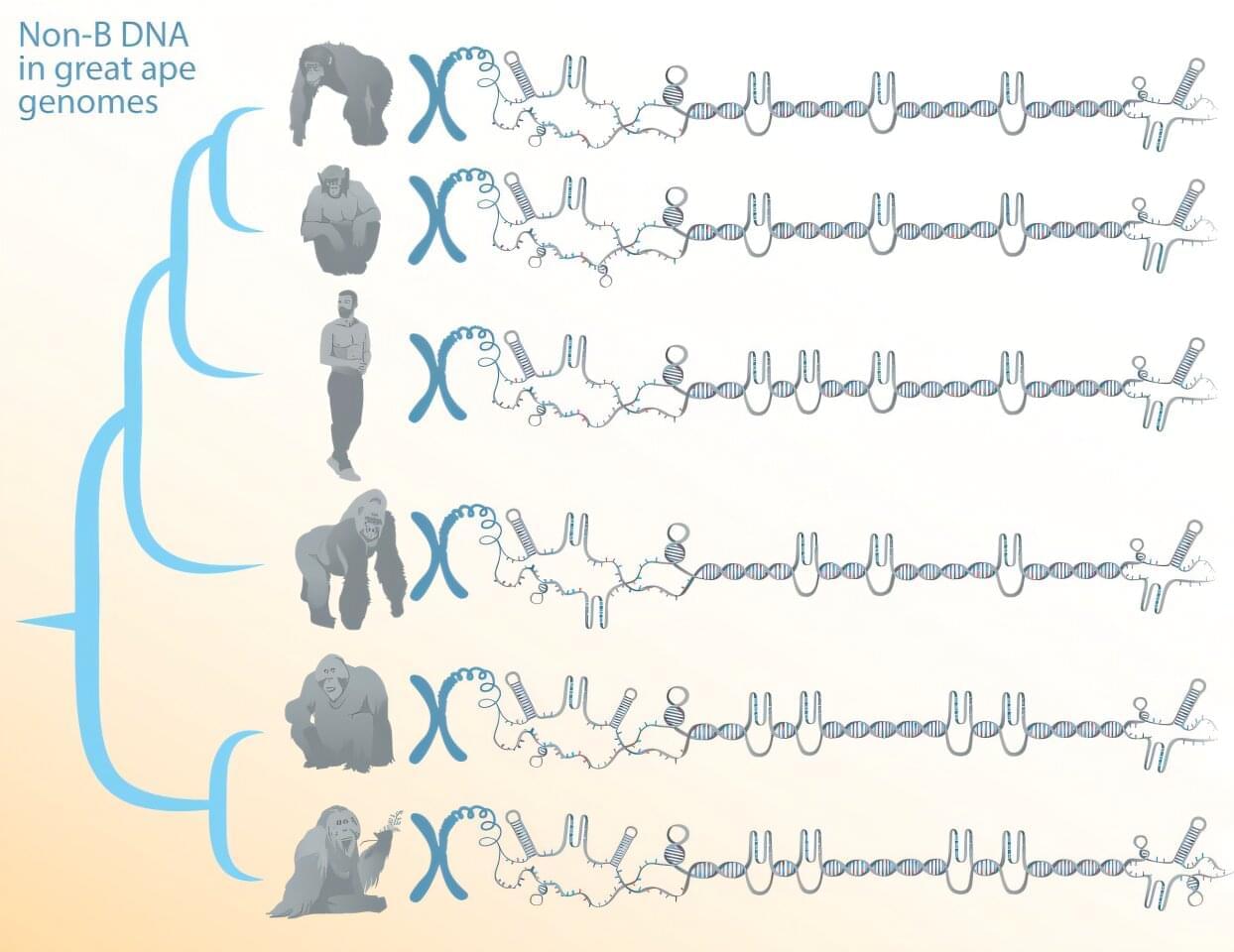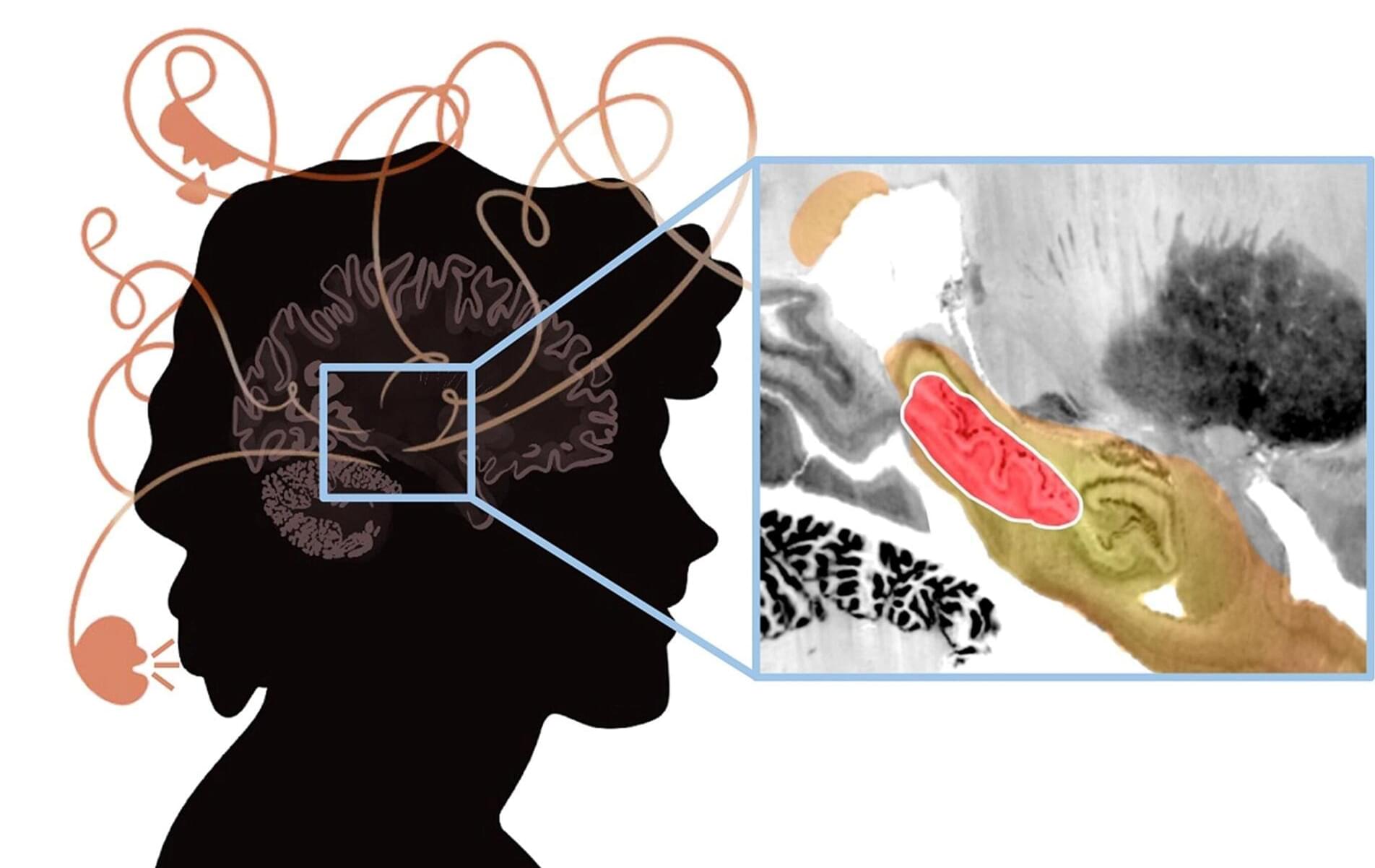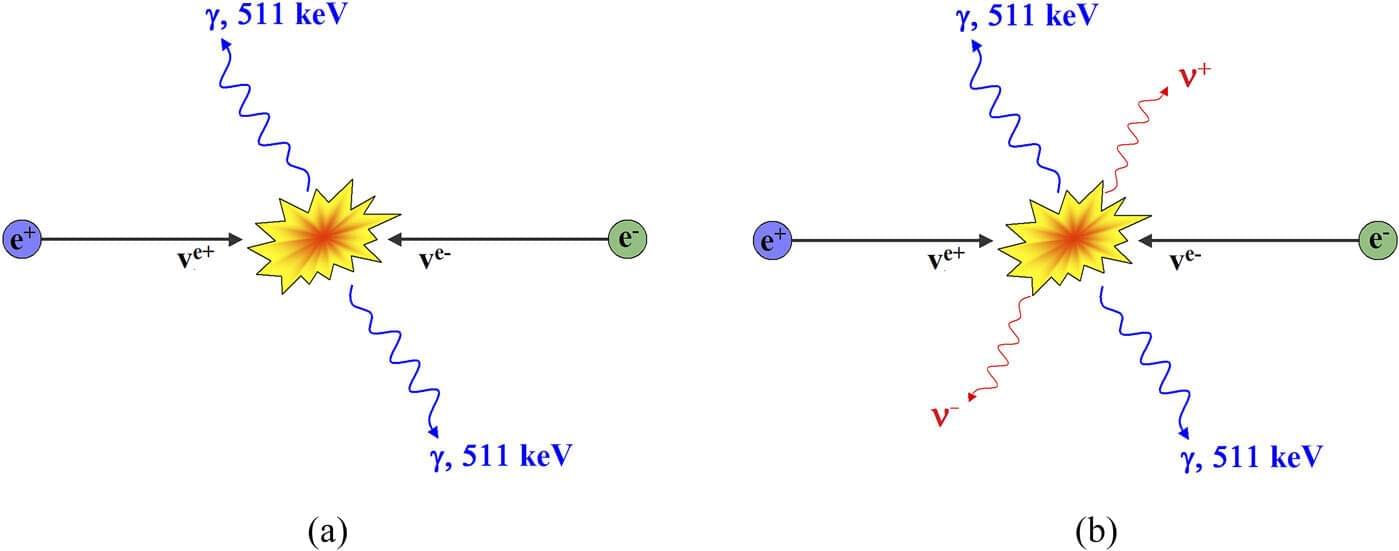A perfect storm of range restrictions and suboptimal weather seems to finally be clearing for Firefly Aerospace. After delaying the flight of their sixth Alpha rocket for more than a month, the company announced a new launch window, which opens on Sunday.
Onboard the rocket, designated FLTA006 by Firefly Aerospace, is a technology demonstration for Lockheed Martin’s LM400 satellite bus. The mission, dubbed ‘Message in a Booster,’ has its first launch opportunity during a window that runs from 6:37–7:29 a.m. PDT (9:37–10:29 a.m. EDT, 1337–1429 UTC).
That roughly one-hour window is the first opportunity in a five-day stretch approved by the Western Range. Liftoff from Space Launch Complex 2 West (SLC-2W) at Vandenberg Space Force Base is contingent upon good weather and Firefly Aerospace said it will “continue to evaluate wind conditions” as the planned launch day approaches.








